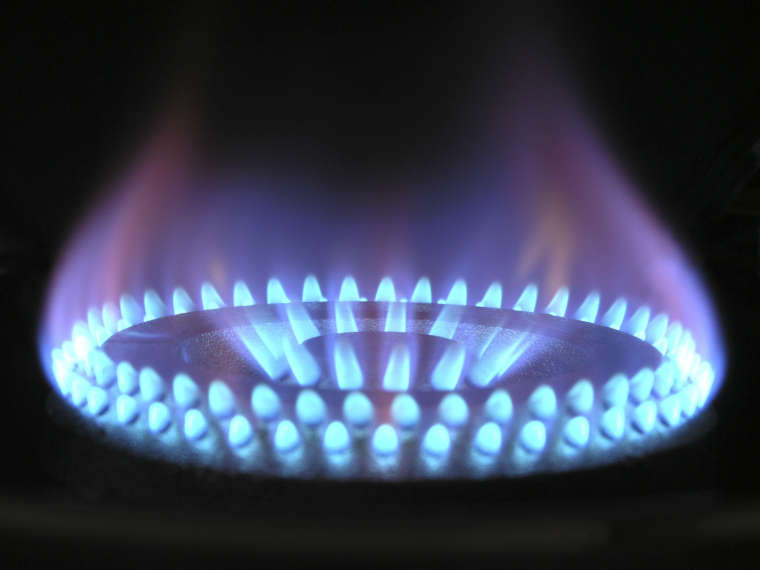
The use of liquified petroleum gas for cooking at home is currently very rampant that it is now hard to come across a household without one. This increased embrace of cooking gas has seen the proliferation of refilling stations around the nation. The major reason for the shift may not be unconnected to the rapidity with which food is cooked on the gas cylinder. Plus, some persons see it as being easy to set up; and for the fact that generation of smoke is not a reality as one may experience with some other means of cooking.
However, while the use of gas may come with a number of benefits, it is far from being the safest method of cooking. In the past years, we have heard of numerous reports of gas-related accidents in the home. Most of these incidents have led to the death of some persons and in cases where such fatality was not recorded, victims were often left to nurse varying degree of injuries – especially burns. The truth is that most of these accidents could have been prevented if certain precautionary measures had been taken. But a lot of persons do not even know some vital details that can be helpful in saving the day and avoiding gas-related accidents. This is why we have elected to share a few safety tips [about the use of cooking gas] with you in this article.
- Avoid using a defective/bad gas cylinder: Do not try to ‘manage’ a gas cylinder that is having any fault on it – whether leaks or malfunctioning components. You should resort to other cooking apparatus while making attempt to replace the bad cylinder. Also, it is important that you always purchase the cylinder from a trusted dealer.
- Do not use any artificial source of illumination in the event of gas leakage. Avoid using illumination sources such as flashlight, candles, light bulbs and so on to check for the leakage of gas. It is also important that you do not turn on or turn off any electric switch whenever you suspect leaks. In short, do not subscribe to using anything that can create spark. Instead, open your windows and allow the gas [that must have filled the room upon leaking] to dissipate before turning on the lights.
- Avoid shaking the gas cylinder. A good number of persons are used to shaking gas cylinders to see if there’s any gas left. You should however desist from such act to prevent explosion. Whether you have got a good cylinder or not, it’s best to stay on the safe side and leave the gas undisturbed. Rather than shaking, just pour water on the side of the cylinder and use your palm to feel it. As you move your palm through the side of the cylinder, you get to feel the cool part if there’s any gas left – if not the temperature will remain somewhat constant all the way down.
- Keep a fire extinguisher close by. The need for a fire extinguisher is usually overlooked in the home. However, it is advisable to have one around in order to quell the danger in case of fire outbreak. And if you cannot afford one (fire extinguisher), you should endeavour to get a bucket of sand within reach. The sand can help [a great deal] to snuff out the flame in the event of things going awry.
The remaining (bonus) tips are that you should always monitor your cooking; do not ask a child [that is yet to come of age] to operate the gas cooker and always make sure that you turn off the gas when you are done with the cooking. Finally… always think safety first and live to enjoy your meal in good time.